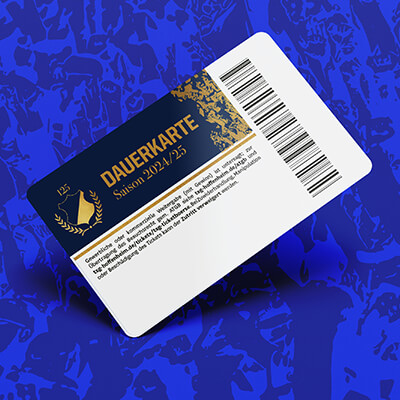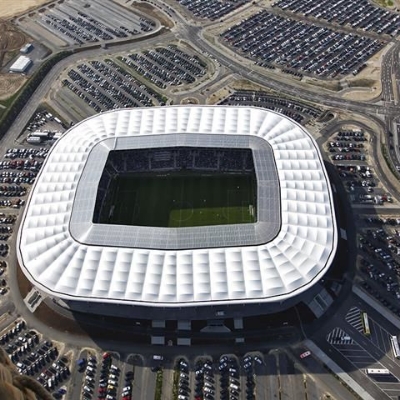GoalControl – The end of ghost goals?
The discussions about the introduction of goal-line technology in Germany have heated up again after Stefan Kießling's header wide was awarded as a goal last Friday. FIFA already tested German firm GoalControl's technology at the Confederations Cup in Brazil in summer. “A ghost goal like the one in Hoffenheim is completely impossible with GoalControl-4D,” explained chief executive Dirk Broichhausen. The decision should be made with help from the comprehensive system by the company from North Rhine Westphalia.
The German Football League (DFL) remain reluctant to introduce the technology to professional football in the country. They don't want to begin testing until 2015. DFL chief executive Andreas Rettig reinforced that standpoint after the match in Sinsheim in an interview with the Frankfurter Allgemeinen Zeitung (F.A.Z) newspaper.
14 cameras
The German system works with 14 high-speed cameras, seven for each goal, that are positioned around the roof of the stadium and aimed towards the goal. They work out the position of the ball along three axes. The images that are produced are transmitted to a computer that collates the movements of every object on the pitch. The second step is for the computer to filter out all the players, the referee and other objects, leaving just the ball. As soon as the ball crosses the goal line, the referee receives a vibration and an optical signal on a special watch within one second.
The system is especially attractive because it is very flexible and works with any type of ball and multicoloured netting. The weather and the state of the pitch are also factors that needn't be worried about with GoalControl. The distance can be calculated to within millimetres. Because the computer saves all images, there is also the option to see the incidents as video replays.
No video evidence
That shouldn't be the intention behind the technology though, as FIFA's general secretary Jerome Valcke said on the association's website: “We don't want to use video evidence. It is about providing help for the referee – nothing more, nothing less.” Valcke outright rejected the recently widely suggested idea of introducing video evidence.
Match facts and statistics »























